Face it, we cannot live without plastic in our lives. Eyeglasses, medical emergency equipment, bicycles, computers, asthma inhalers, tires on cars…They are all made of some sort of plastic! Even though plastics have allowed us to make some amazing advancements in our societies, they have also brought us big problems as our dependence on this man-made material has grown. Here I share with you useful tips on how to reduce your plastic at home in four main rooms in your house.
We now manufacture over 8 billion tons of plastics annually, most of which end up being disposed of shortly after one-time use. Compared to only 30 years ago, we were making only 1 billion tons globally.
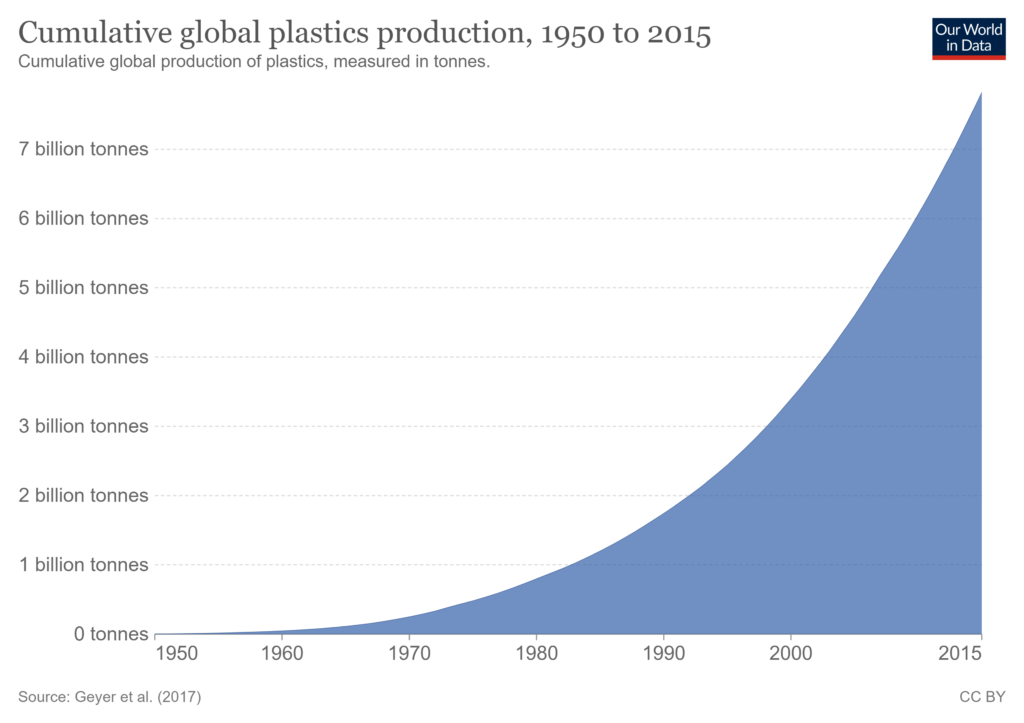
The need to reduce our consumption of plastic is real. The oceans are being flooded by enormous amounts of plastics daily, the air is being flushed with fumes from the burning of plastics, and our landfills are just growing by the minute. We are drowning in our own creation, and even though we are all a part of the problem, we can also choose to be a part of the solution as well.
The more I learn about the harmful effects that plastics have on our environment and our health, the more motivated I have become to find ways to reduce my family’s dependence on plastic. We still have a ways to go, but when we compare our garbage output with that of our neighbors, we can see that we’re actually making progress.
Although we still have a ways to go, here I have shared with you some of the ways that we have reduced our plastic consumption and made better choices in four of the most used rooms in our house.
For more information on how to live a Zero-Waste Lifestyle, check out this article:
Kitchen
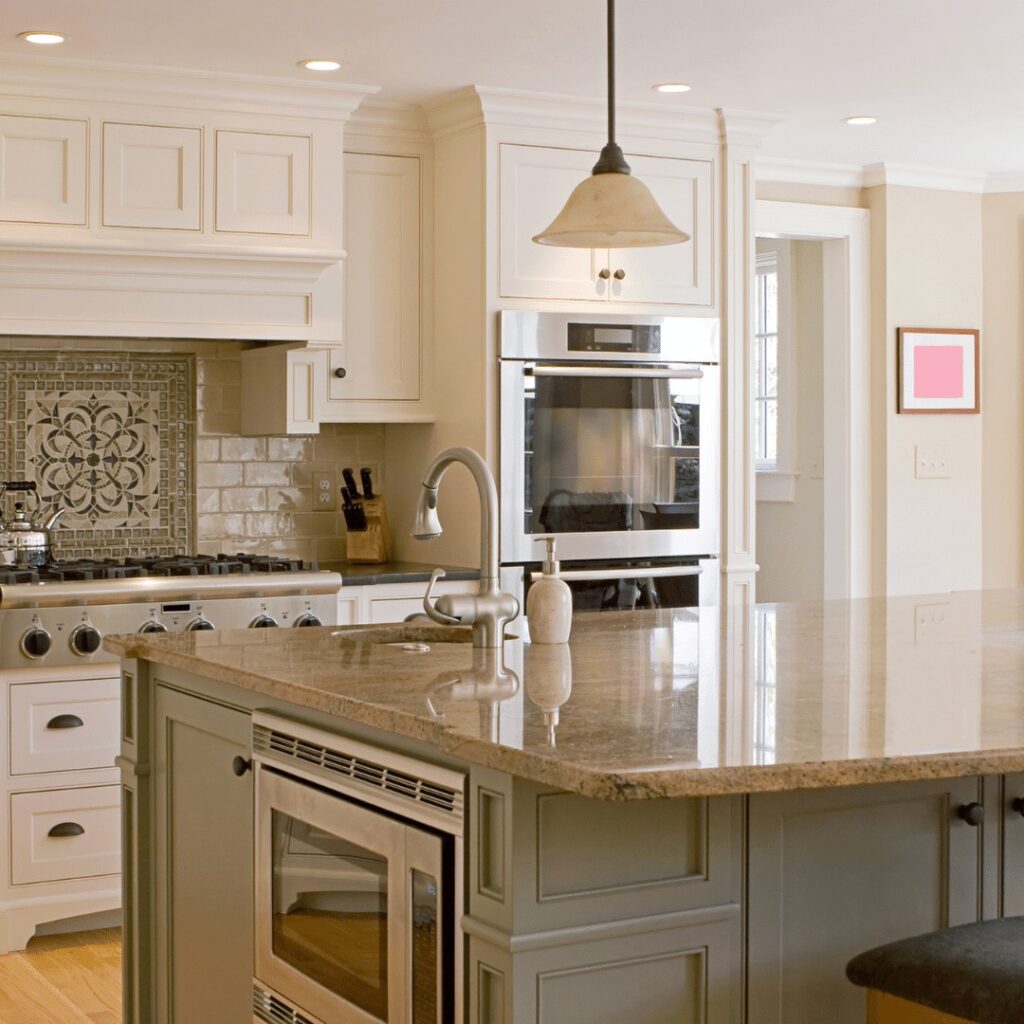
The kitchen is one of the easiest places to reduce plastic. Most kitchens use plastic for almost everything required. Frozen foods, storage containers, bread, pasta, and mixing spoons are just a few modern items that have fallen back on plastic. Take a look at how I was able to curb some of that plastic usage!
Reusable Containers Instead of Plastic Tupperware
When I was switching out my plastic Tupperware for safer, more eco-friendly glass containers, I decided to donate the plastic containers to our local second-hand store. I know that they sell this sort of stuff, and people that will use it, will buy it, and at least will give it another life. The glass containers are safe in the dishwasher and microwave and have been indestructible so far. They are also very cost-effective these days when you buy a whole set.
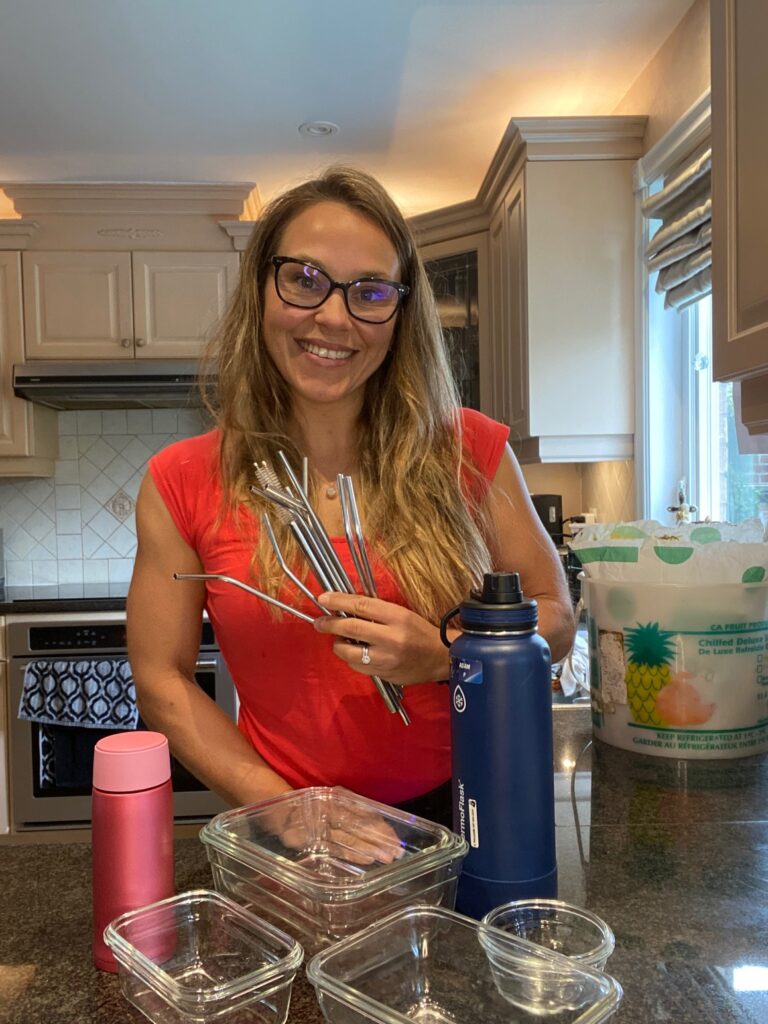
Drinking Straws Swapped
We love using straws! Before I used to cringe every time I guiltily used a plastic straw only to think about how environmentally unfriendly they are. Images of animals with straws inside of them would come to mind. Thank God for metal and glass straws! Drinks are equally enjoyable and keeping a metal straw in my bag is so easy and takes up virtually zero space. Plastic straws are not recyclable, so switch to the eco-friendly option.
Make Coffee at Home and Bring it
I love my thermos and carrying mug. They keep the coffee really warm and are easy to carry around. Since the pandemic, it has been more and more difficult to get coffee bars to refill, so I either just make coffee-to-go or treat myself every once in a while on the go.
Composting to Reduces Plastic Bags in the Garbage
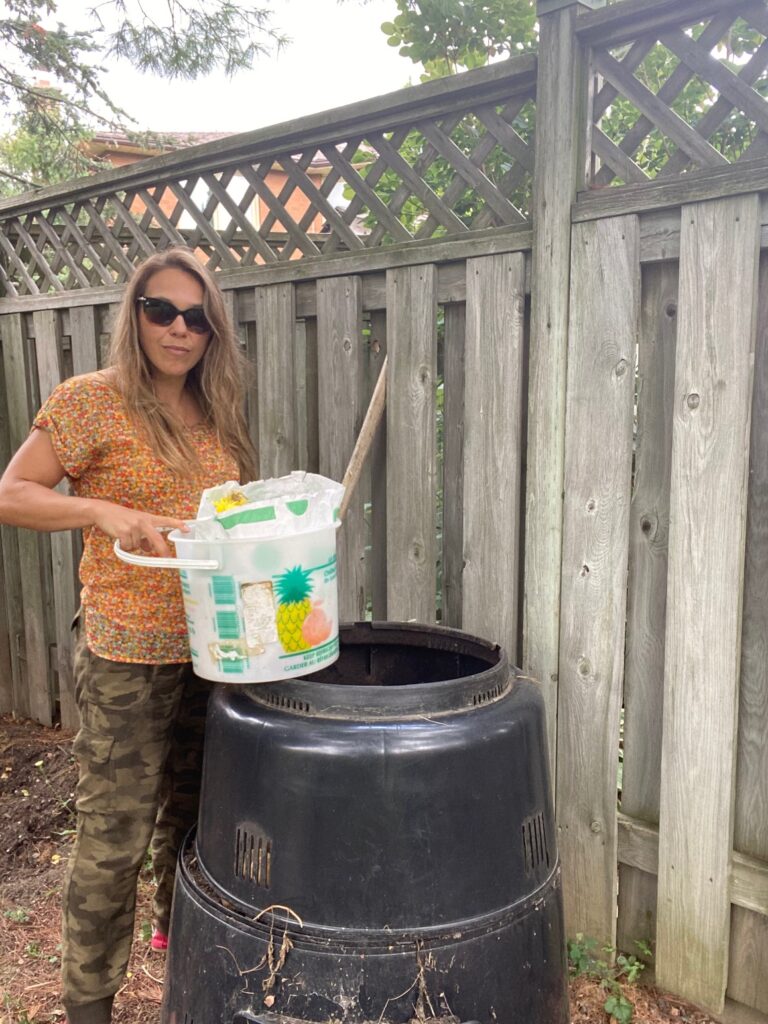
We’re lucky to live in an area that actually offers city-wide composting, but I choose to do my own at home. The city allows residents to put compost in plastic bags and then dispose of it. I know many cities do not yet offer a compost option. Not only are we saving hundreds of plastic bags every year but the trucks don’t need to carry thousands of extra pounds of waste every year when people choose to compost at home. If you limit your compost to fruit, vegetables, and eggshells, it rarely smells and can be amassed in a large container before disposal.
Boxed Vegan Milk Instead of Plastic Jugs
Our next step will be making our own, but since we don’t drink dairy (in part due to my son’s allergy to dairy), I like how they are fortified with calcium and iron. We buy boxed vegan milk like soy, almond, oat, and coconut. The boxes can be recycled and are shelf-stable as well before being opened.
Twist-Off or Real Cork Wine bottles
Many corks these days are plastic which just contributes to our plastic problem. Plastic corks are number 7 plastic and can be recycled where plastic is recycled, but the idea here is to limit our plastic. Twist-off bottles are easily recyclable and don’t contribute to the plastic problem. You can find a few uses for real corks too! Grind them up and use them for orchids, put them in your compost bin, make a corkboard at home, or donate them to a local artist that is looking for them.
Buy a Bread Maker (preferably second-hand)
This one $20 purchase second-hand has helped us to save thousands of dollars on boxed pizza, dough, or bread. We have not only saved tons of money from this alone, but we limit the food that comes wrapped in plastic from loaves of bread. We’ve tried a few different recipes, but lean back on the few that we like the best. Buy second-hand too! There is always someone trying to get rid of their bread maker and they are usually in perfectly good condition. A bread maker also reduces the need for those wasteful pizza box savers.
Shop in Bulk
This one is getting a little harder to do with the pandemic. I know that in my area, bulk shopping has turned into wrapping EVERYTHING in plastic for fear that we will spread the virus using scoops, and breathing over bins. I’m hopeful that soon we will return to normal so that shopping in bulk with my own jars, containers, or produce bags can occur again. Shopping in bulk also allows you to buy only what you need, limiting the need for waste.
Reuse Containers
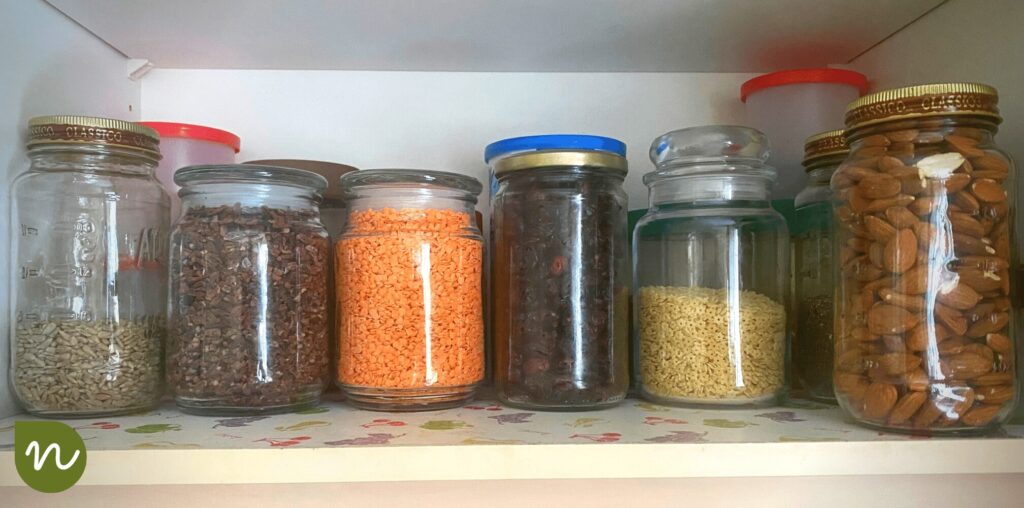
Try buying in glass instead of cans or plastics. You can easily reuse the glass containers for your bulk purchases or in other areas of the house, such as with cotton balls, nails, erasers, or seeds for the garden.
Make Snacks for the Road
This might take a bit of planning, but once you get into the habit of making muffins, energy balls, or granola bars, it becomes second nature. The problem with this one is that they end up being far better than the store-bought option which comes wrapped in plastic, that they get eaten twice as fast. Keep them in the freezer and use what you need in a glass container when you go out. This option is also healthier, as you don’t use preservatives, and often use fresh natural ingredients in the making.
Grow Your Own Food
Think about all of the plastics that you use when you go to the supermarket. The baggies for the produce, the shopping bags that you carry it in. Growing you food can drastically reduce the amount of plastic that you use. I do the best I can with my garden. I try to grow tomatoes, cucumbers, zucchini, spaghetti squash, peppers, rhubarb, and herbs.
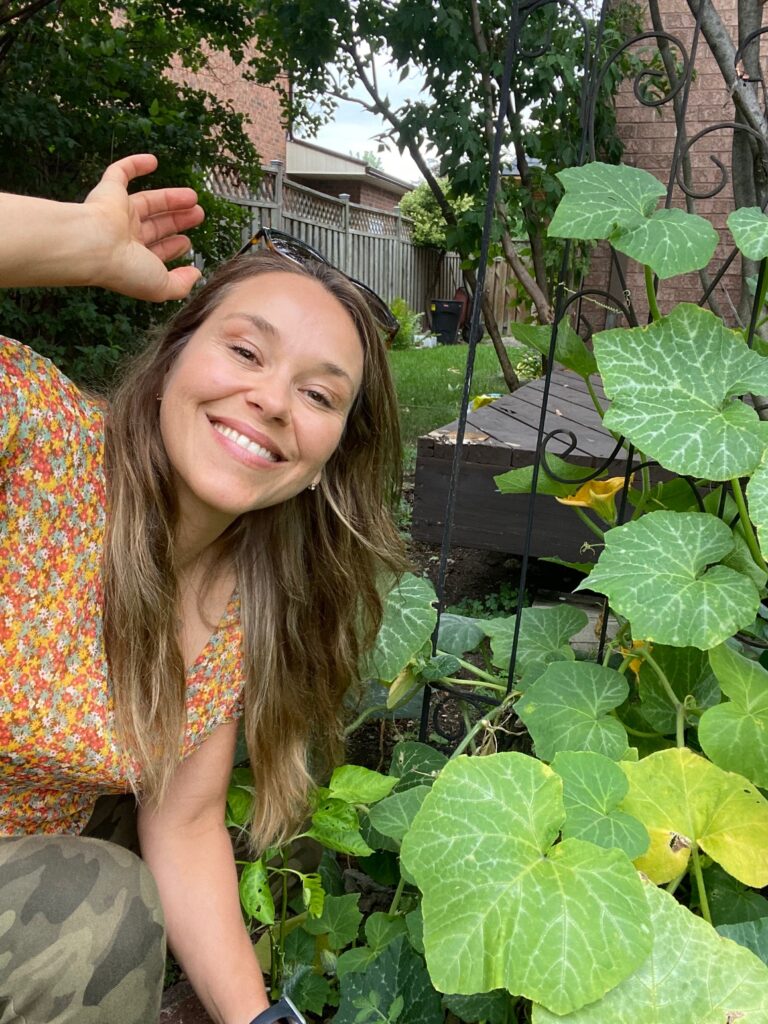
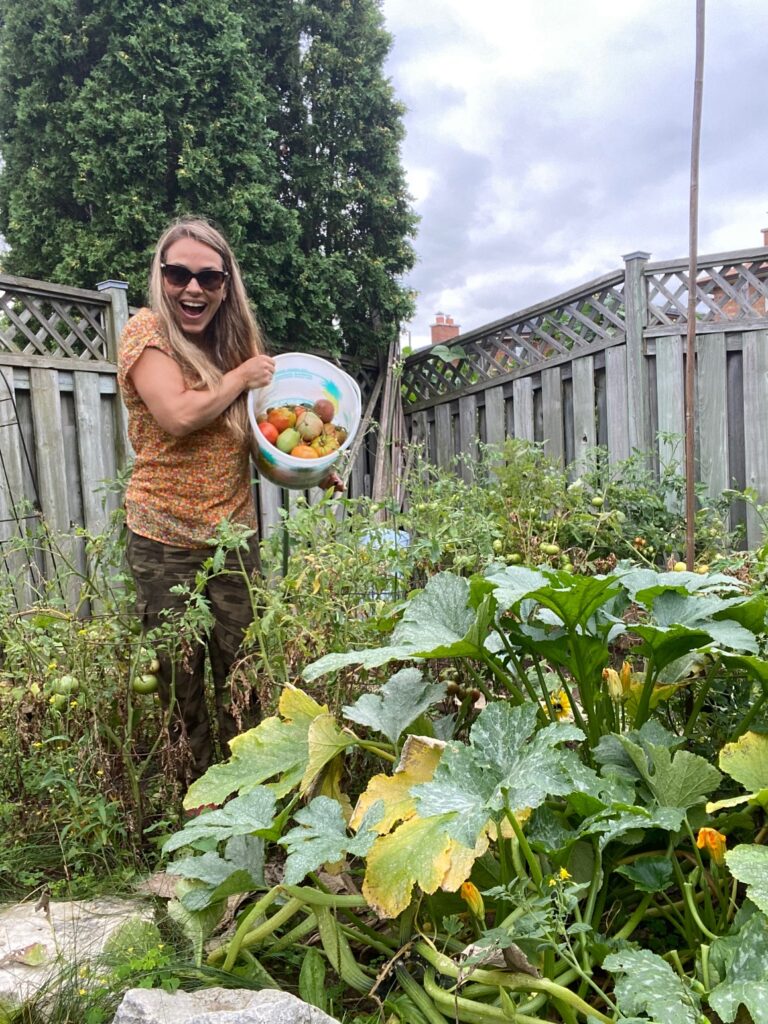

Stainless Steel Pans Instead of Non-Stick
Non-stick pans have a plastic coating called polytertrafluoroethylene (PTFE). Although this clear plastic allows for pans to be easily cleaned and cooked with, at high temperatures it can easily flake off. It is supposed to be safe, but in 2015 they changed the formulation of the coating for safety reasons. I know that my most recent non-stick pan looks totally different from its brand new state, and I can’t help but think that I have ingested some of that plastic throughout the years. For my own health and to avoid extra plastic, I’ve switched to stainless steel and ceramic pans only.
Bathroom
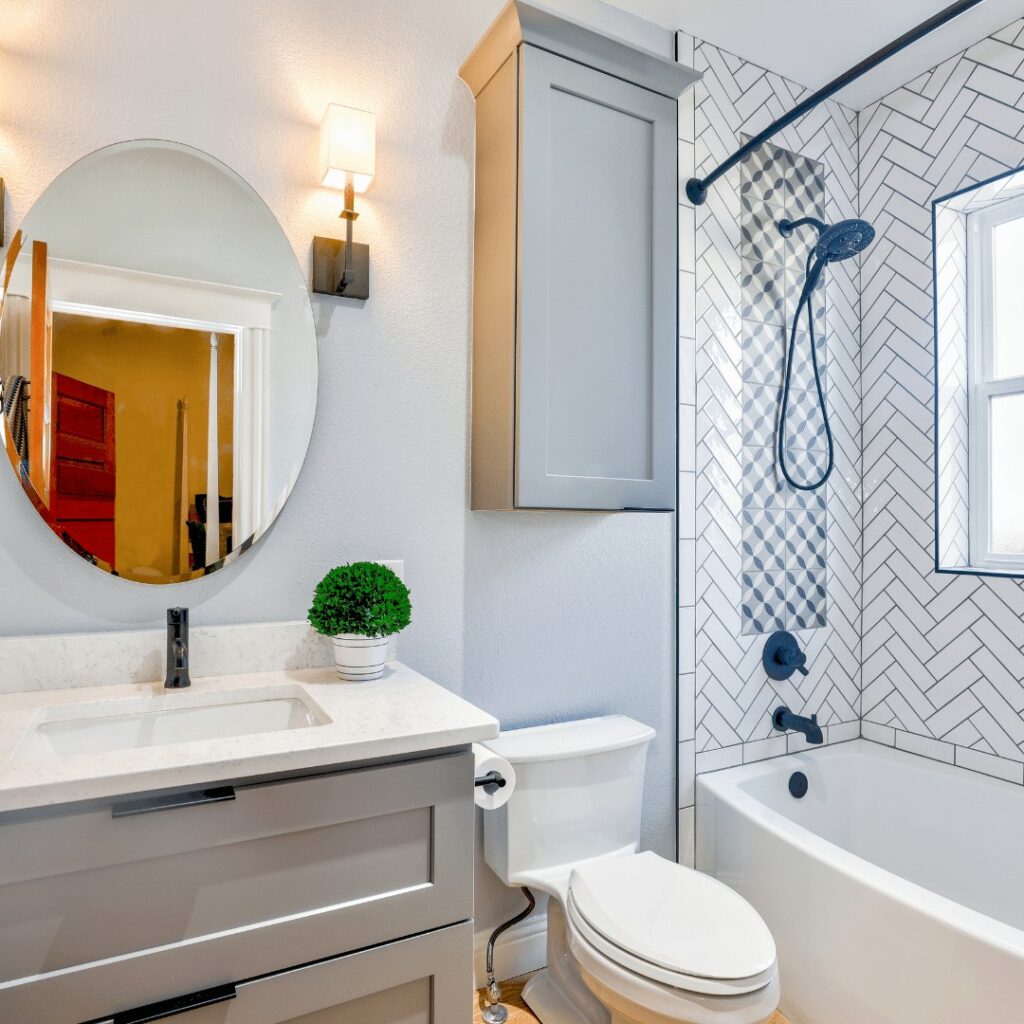
The bathroom was a little harder to switch to plastic-free. A lot of our shampoos, conditioners, and body washes were purchased in plastic containers that we recycled. The switch has been slower, but we’re making the effort to reduce our plastic usage in the bathroom as well.
Shampoo bars & Shave Bars

J.R. Liggett’s Old Fashioned Shampoo Bar: Jojoba & Peppermint
Shampoo bars are not half as bad as I imagined they were going to be. They lather well, store well and actually last quite a while…even with long hair! You can choose to buy shampoo bars on Etsy, Amazon, or iherb, or go to your local health food store and choose a bar that they have available there. Most of the time you’re helping local businesses by going that route.
For more information about The Best Natural Skincare Routine, check out this article:
Disposable Razors
This is actually an easy one! Even though it does have SOME plastic waste, disposing of a tiny razor is much better for the health of our planet rather than a full plastic razor. I’m still amazed that they actually still sell these razors since they are totally unnecessary. For more information on waste-free hair removal click here.
Plastic-Free Periods
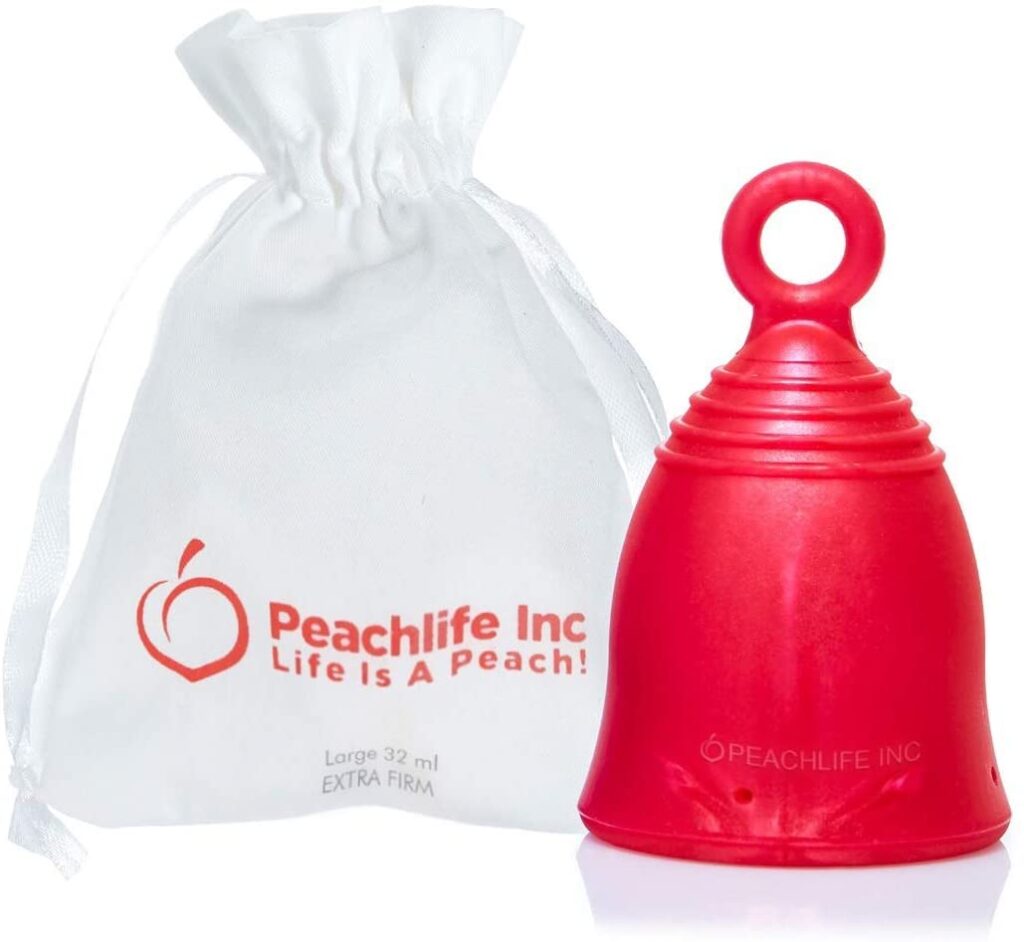
Peachlife Period Cup with Ring
Personally, I switched to a Diva Cup back in 2006, but these days there are a whole bunch of options for cups that are very low cost (tip: AliExpress has cups as low as a few dollars). I know they’re not for everyone, so other plastic-free options are washable pads and period underwear. Try Knix or Thinx, people swear by these companies.
Glass and Metal Containers for Cosmetics
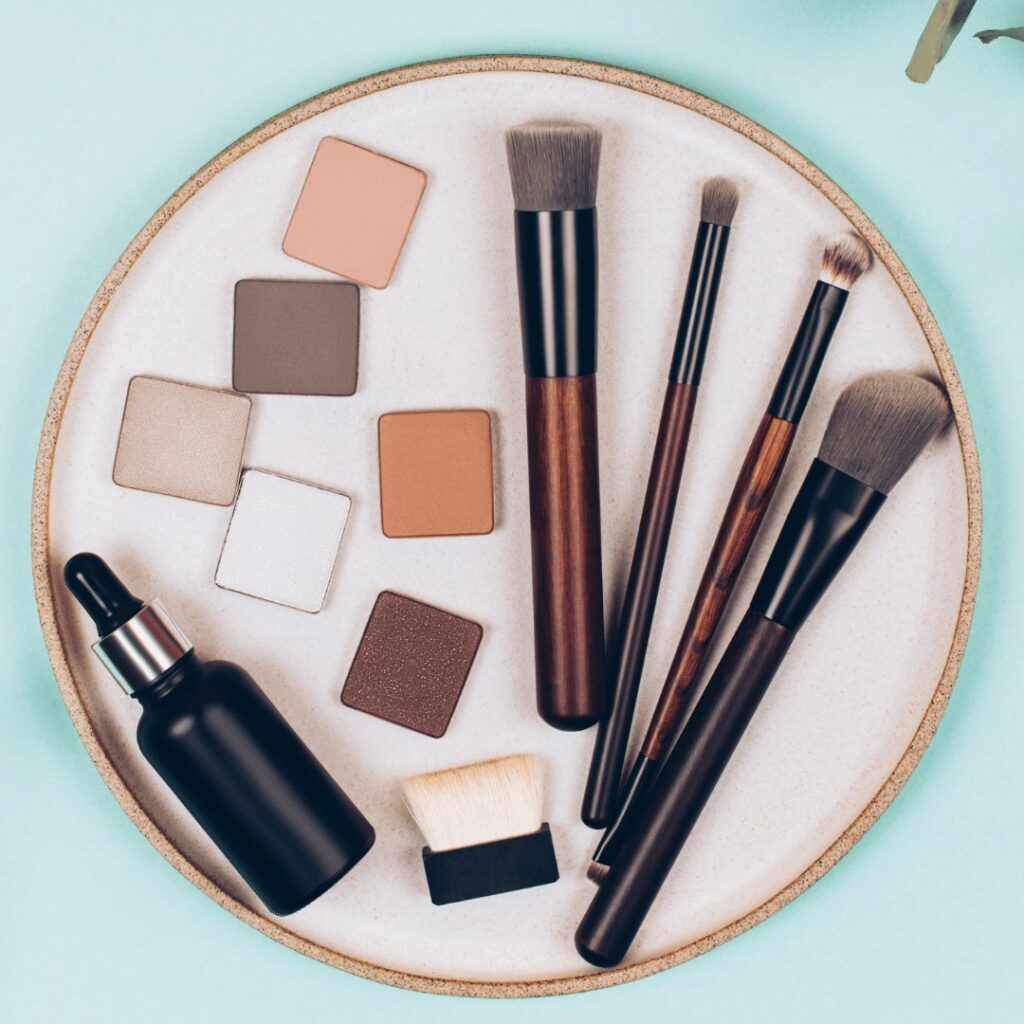
Where possible, try to opt for glass and metal tins when you buy your cosmetics. I know Benefit Cosmetics comes packaged in cardboard, and even L’Oreal has developed a paper-based tube and bottle! Metal and glass containers are easily reused and recycled and help the planet. Just think how much plastic waste we could avoid if ALL cosmetics came in such types of packaging.
Toothpaste
So when it comes to toothpaste, there is an easy way to switch which will reduce SOME plastics, and there is a harder way to switch. If all you do is make sure that your toothpaste doesn’t have microplastics in it, you’re doing a good thing. If you want to take it a step further, try zero-waste alternatives to toothpaste. They come in either powder or pill format, usually in glass or cardboard, and they foam and clean with a bit of water. If you want to go old-school, just use baking soda, it will also whiten your teeth!
For more information about Toxic-Free Beauty Products, check out this article:
Your Deodorant is Probably in Plastic
Deodorants are now available in cardboard packaging which can reduce a whole lot of packaging. Try searching “zero waste deodorant” on Amazon and you’ll find a bunch of great options.
Here are a few good options:
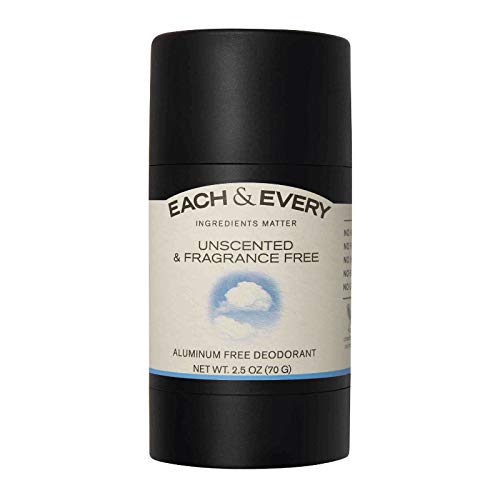
Each & Every: Unscented
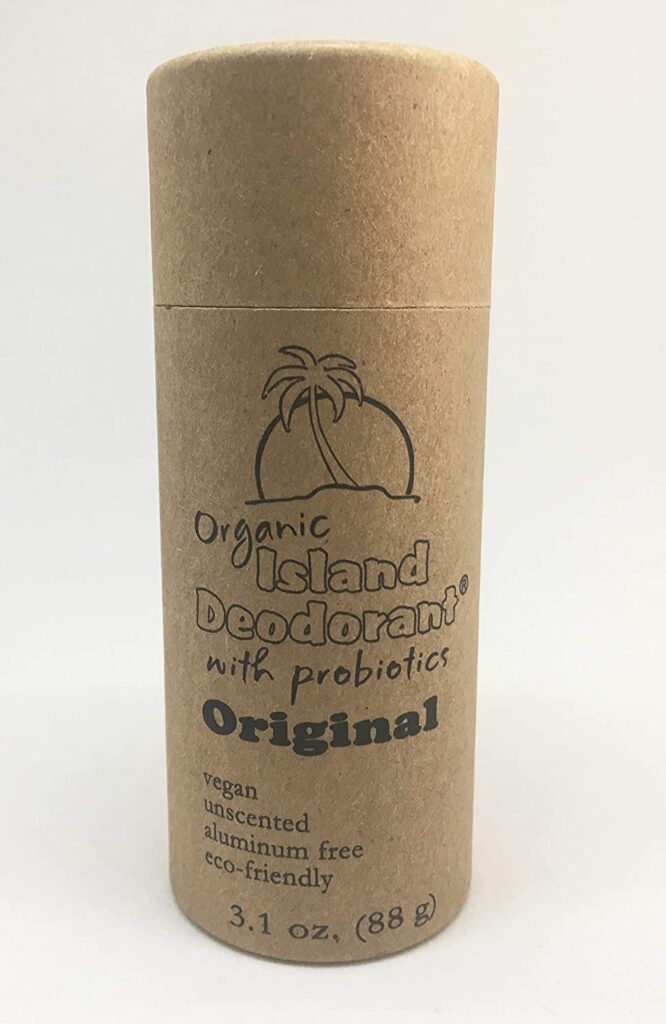
Organic Island Deodorant
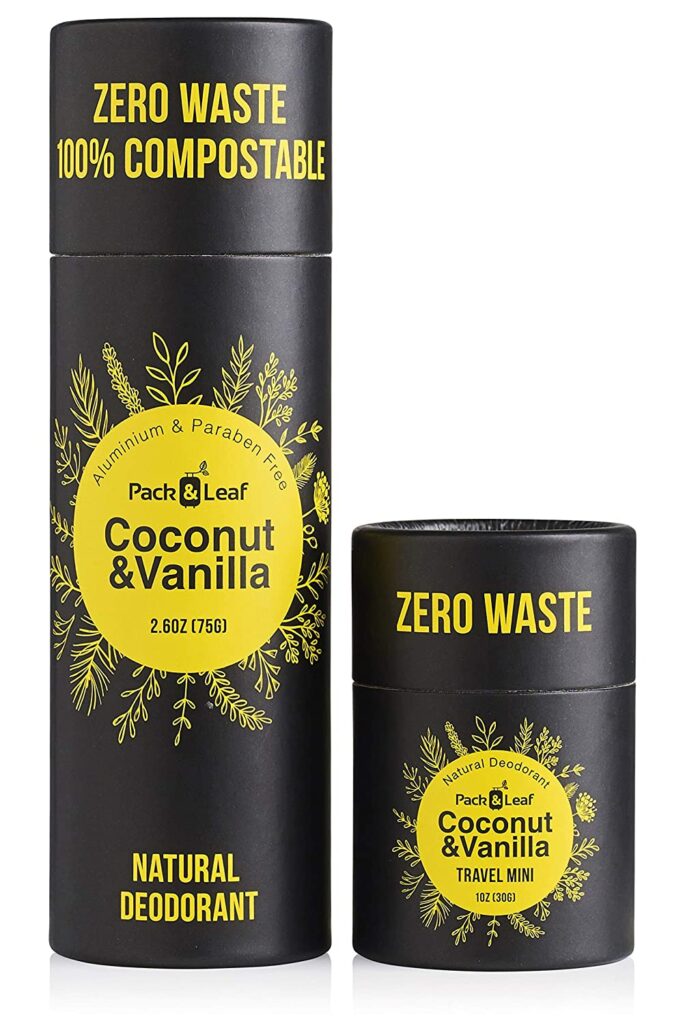
Pack&Leaf: Coconut & Vanilla
Toilet Paper Rethink
Toilet paper often comes wrapped in plastic that is non-recyclable and adds to landfills. Try buying toilet paper that comes wrapped in paper such as this one:
Or this one:
Or, you can always limit your toilet paper use and invest in a bidet attachment. I still have my traditional bidet, but I’m sure we will switch to an attachment if and when we remodel. Tooshy, or traditional style bidet.
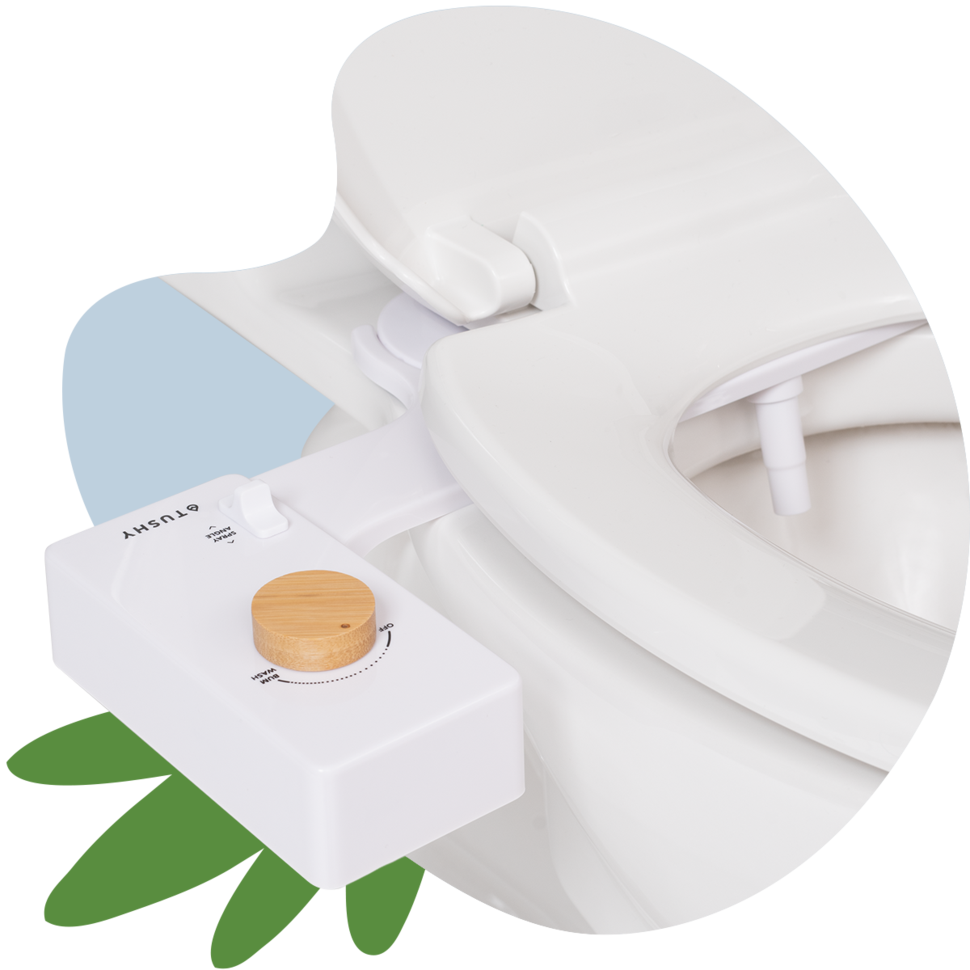
Make Your Own Cleaner
This goes for every room in your home, but I imagine the bathroom gets cleaned most frequently. My all-time favorite, natural, one-stop shop for bathroom and household cleaner is Pink Solution. This stuff is amazing! It gets out the worst stains with little effort and can be used as laundry detergent, all-purpose cleaner, and deep cleaner for grout and tough stains. Ingredients are non-toxic. Pink Solution cleans by enzyme power, and work really well!
Bamboo Toothbrush and Wooden Hairbrush
So just think about 7 billion plastic toothbrushes being thrown away annually…and that’s on the low end. Plastic toothbrushes are terrible polluters. Yes, you can use them to clean afterward, but really how many cleaning brushes does a household need? Switch to bamboo toothbrushes to avoid plastic. They’ve come a long way, and are now very affordable too! Try these!
Avoid Hotel Toiletries
The more we use them, the more they will keep producing these tiny plastic bottles containing subpar cosmetics. Bring your own toiletries, and if packing is an issue try these super simple EC30 tabs for everything from shampoo, toothpaste and body wash. They are zero waste and fit essentially anywhere!
Ditch Traditional Plastic Hair Elastics
You can try a few different solutions to this problem, my favorite is actually cutting torn pantyhose into strips, the wider the better since they roll together. Another option is buying biodegradable plastic hair ties, although not perfect, it’s better than the traditional method.
Office
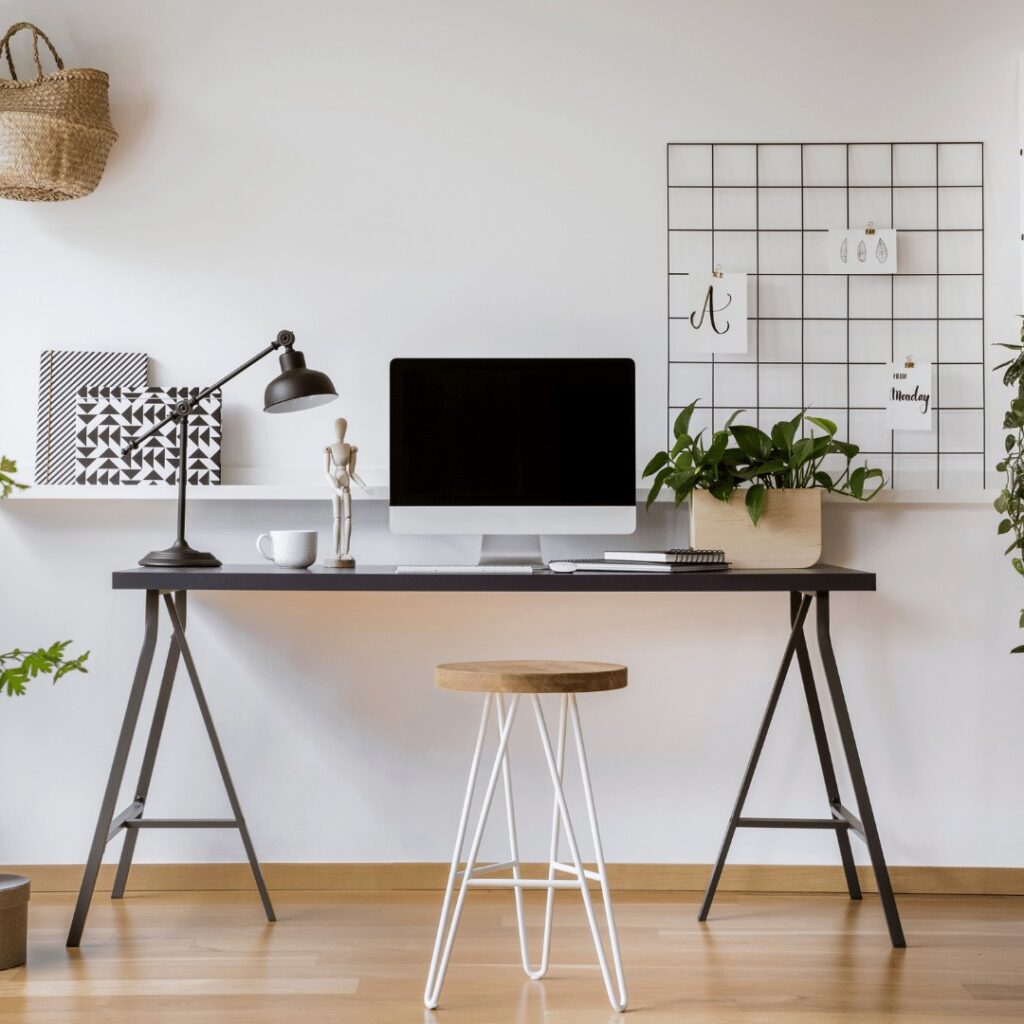
Avoid Disposable Pens
Ok, I’m still guilty of this one, but I’m not bringing any new pens into the house. We can use quality pens and refill the ink cartridges when needed. These days, we’re barely writing with pens anymore anyway! Just imagine all of the pens in your house multiplied by millions when you think of the world, this is just wasteful. The majority of the time, pens are just thrown out rather than recycled. This is destructive!
Quality Earphones
You may not immediately think of this one, but the better quality plastic that you DO own, the longer it will last and less you will have to replace it with cheap plastic. This goes for airline earphones and dollar store earphones….they’re cheap and they WILL break! Invest in a good pair of earphones and take care of them. You’re doing the planet a favor.
Second Hand for Electronics
Need a new computer? Monitor? Mouse? Cord? Modem? Try and find it used. This way it gets a chance at another life before being thrown out and sent to a landfill. Less plastic will have to be produced if millions of us buy second-hand.
Sustainable or Used Furniture
I got tired of using the wooden kitchen chairs as my office chair so I bought a new one off of Facebook Marketplace. There was nothing wrong with it and it was a quarter of the price. Yes, it does contain plastic, but I don’t mind buying second-hand plastic, as it was already in the marketplace before I set out to buy it. Buying used office furniture also reduces the mounds of plastic that everything comes wrapped in! A win-win if you ask me!
Say “NO” to Office Freebies like Mousepads
This goes for any freebies really. Unless you will surely use it a ton, leave it. The less they are taken, the less they will produce. I have a couple freebies that I really do enjoy but for the most part, most of the things that are offered are garbage quality and rarely get used in the end.
Laundry
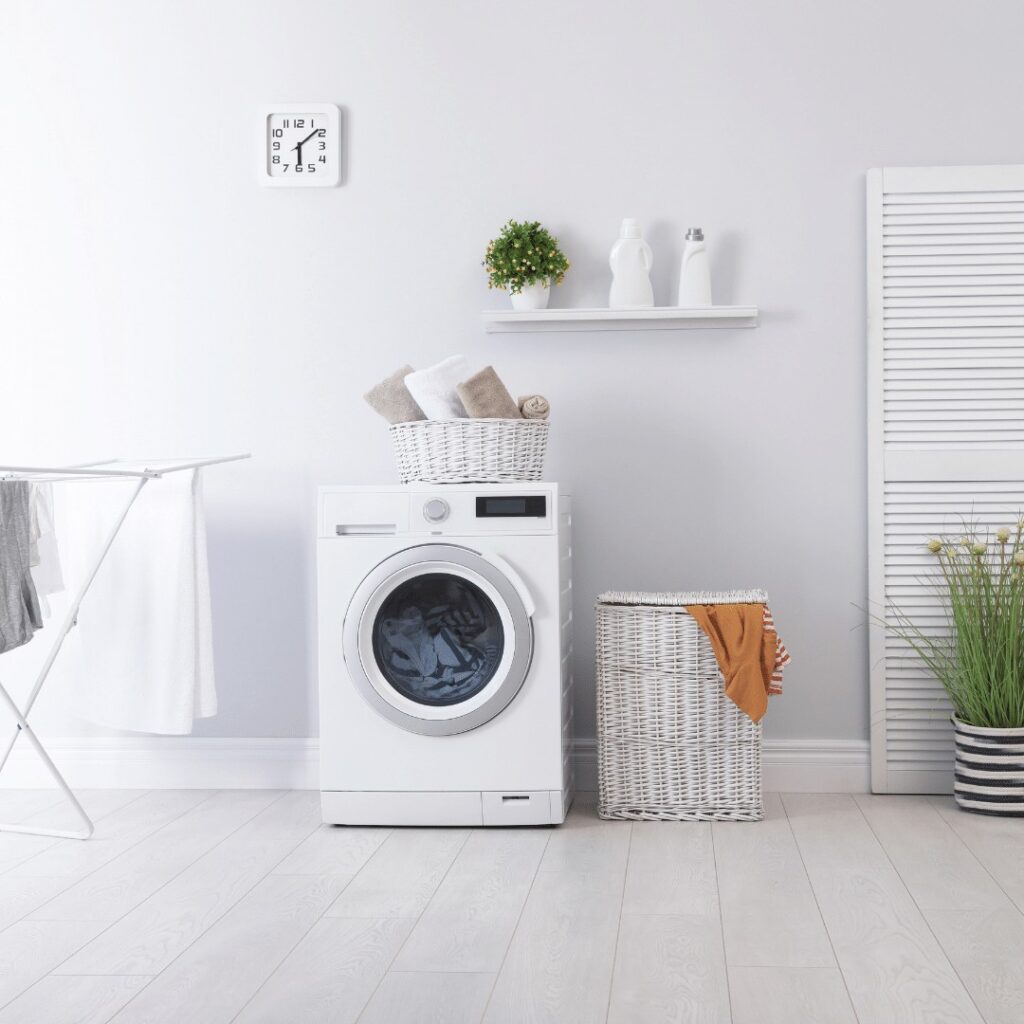
Say Goodbye to Detergent Bottles
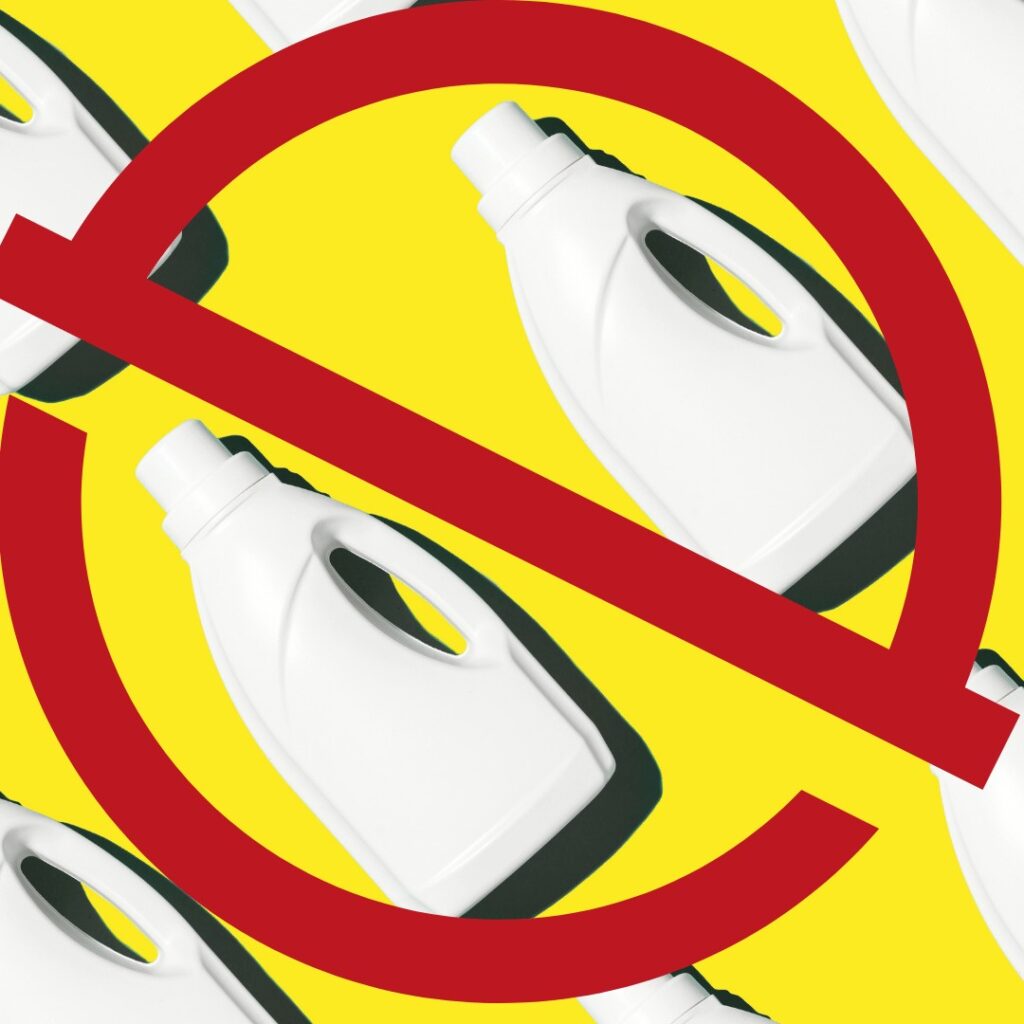
Plastics have become an everyday part of the laundry. Fortunately, they don’t have to. The bottles, the microplastics, the disposable sprays, and the dryer sheets all use some form of plastic. Always try to grab the powder box of laundry detergent before going for the plastic jugs. Or, do what I do and use Pink Solution in reusable plastic jugs to save a ton of money and lengthen the life of your clothing! EC30 also has an option for the laundry so check them out too!
Use Pink Solution or an Enzyme Cleaner as Spot Remover
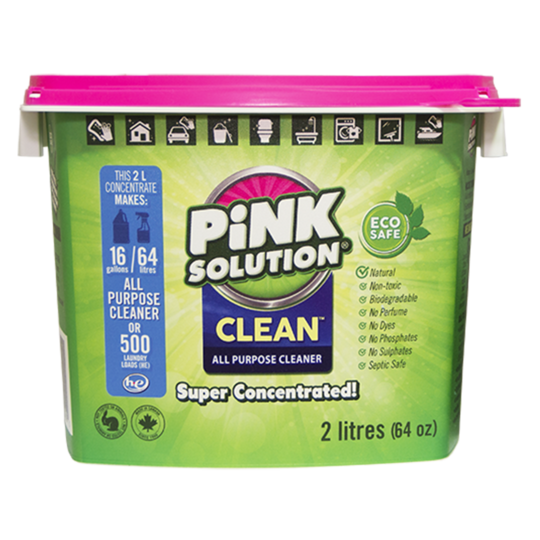
Check Out Pinksolution.ca
Pink Solution is a perfect example, but there are other spot removers. Remember that the sooner you attach that stain, the less stain remover it actually needs. Many stains can be removed very well with your dish detergent. With Pink Solution, dab a small amount on the stain, and voila, right before your eyes the stain practically disappears.
Avoid the Dryer Sheets/Use Balls
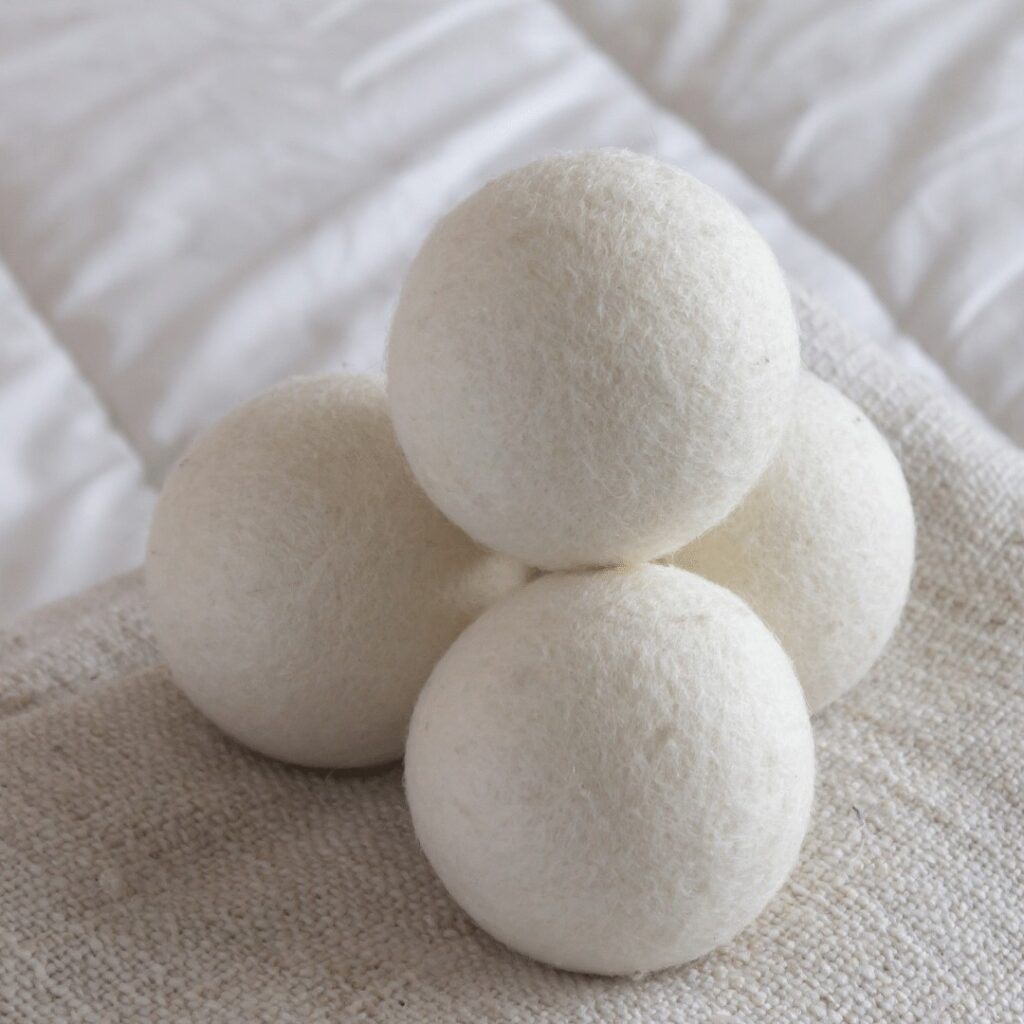
News Flash! Dryer sheets are made of plastic. This single-use plastic option is completely avoidable. Use dryer balls instead. I’ve had mine bumping around my dryer for years now and they still do an amazing job! Saved me hundreds in dryer sheets and not to mention the chemicals that it has allowed us to avoid!
Wash on cold
We rarely think of this leading to less use of plastic, but the truth is that when you wash on warm many synthetic fibers that you own get broken down and add to the microplastic problem in our waters. To read more about the microplastic problem check out this article:
Washing on cold will avoid unnecessary breakdown of yoga plants, polyester shirts, and spandex in your jeans.
Buy Natural Fibers
The next best thing to washing on cold is buying fibers that don’t break down to begin with. Organic cotton, linen, Tencel, and hemp are great alternatives where you can wash with hot water all day long and not suffer the same problem as synthetic fibers. Check out this article on How to Wear Clothing More Sustainably.
Buy Plastic-Free Shoes
The third-largest contributor to the microplastic problem is city dust. Although most of the city dust created comes from tire pollution, millions of feet pounding the pavement with plastic soles isn’t helping. There are a bunch of companies right now selling plastic-free sustainable footwear. Not only are they really comfortable and breathable, but they make the world a better place. All shoes eventually end up in landfills, and the less plastic, the better.
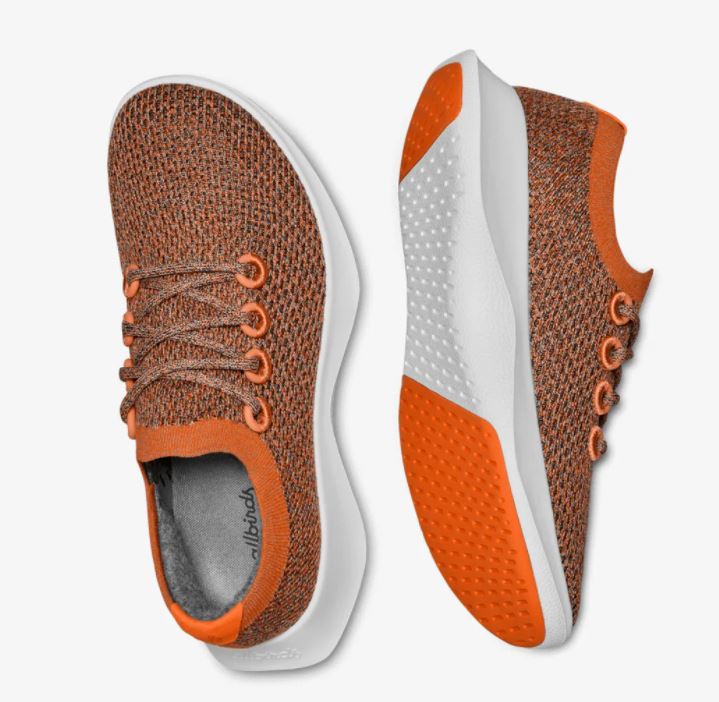
Allbirds are Sustainable Carbon Neutral Shoes
If you want to read more about how sustainable fashion is saving the world, check out this article:
What’s Next?
Reducing your plastic doesn’t have to happen overnight. I am still in the process of reducing plastic where we can. This is something for all of us to consider since we have no choice but to avoid climate disasters and reduce our carbon footprint drastically by 2050. Reducing plastic can help us to reach this goal.
For more information on sustainable living ideas, minimalist gifting, tips, and products, take a look at our other articles.


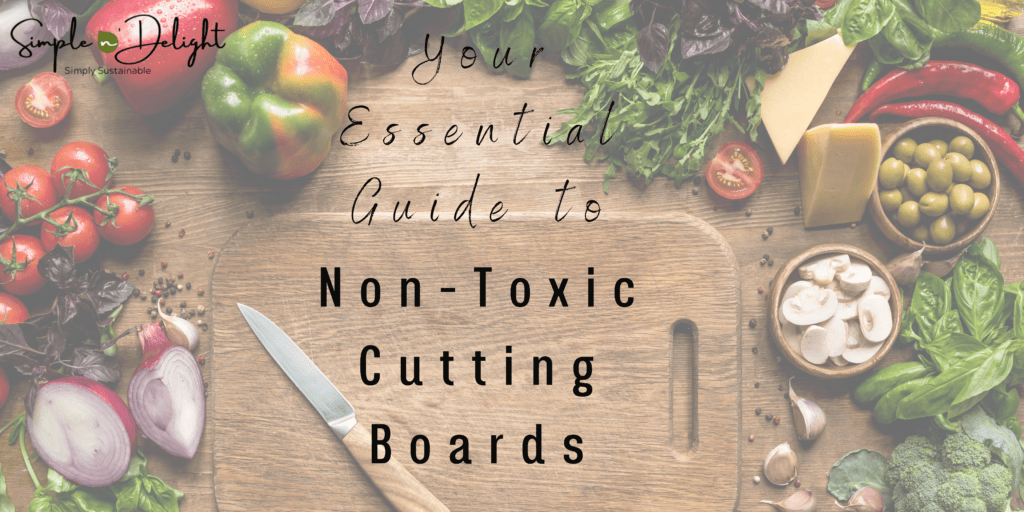


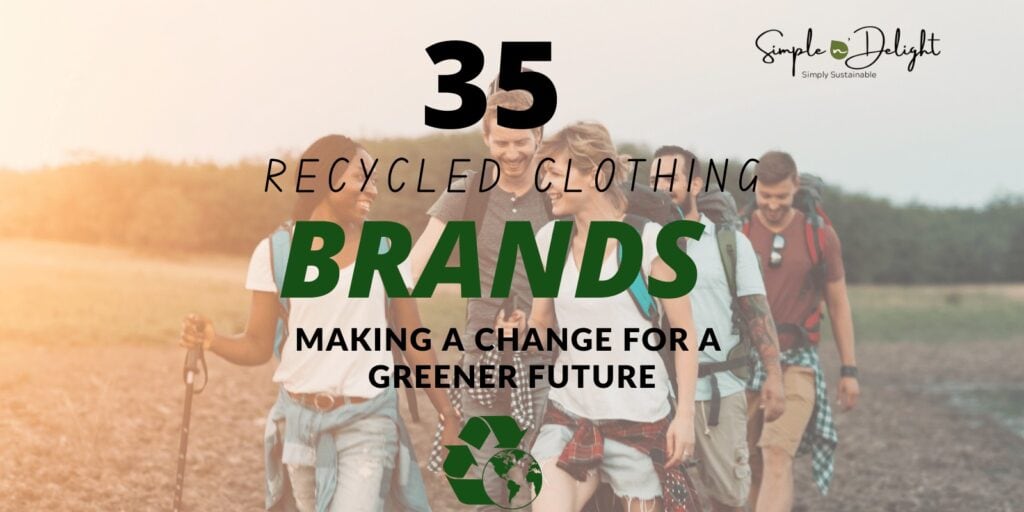
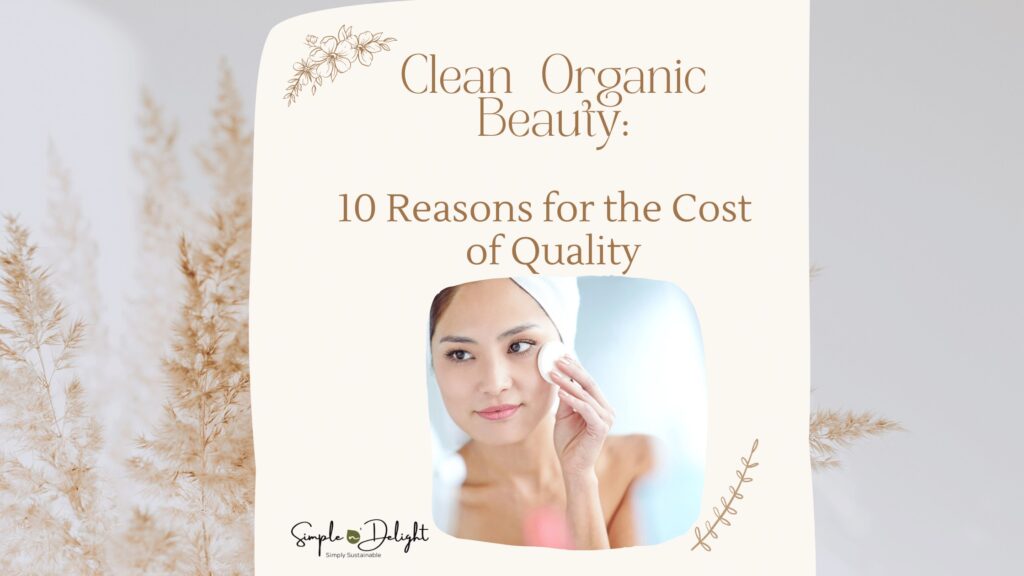
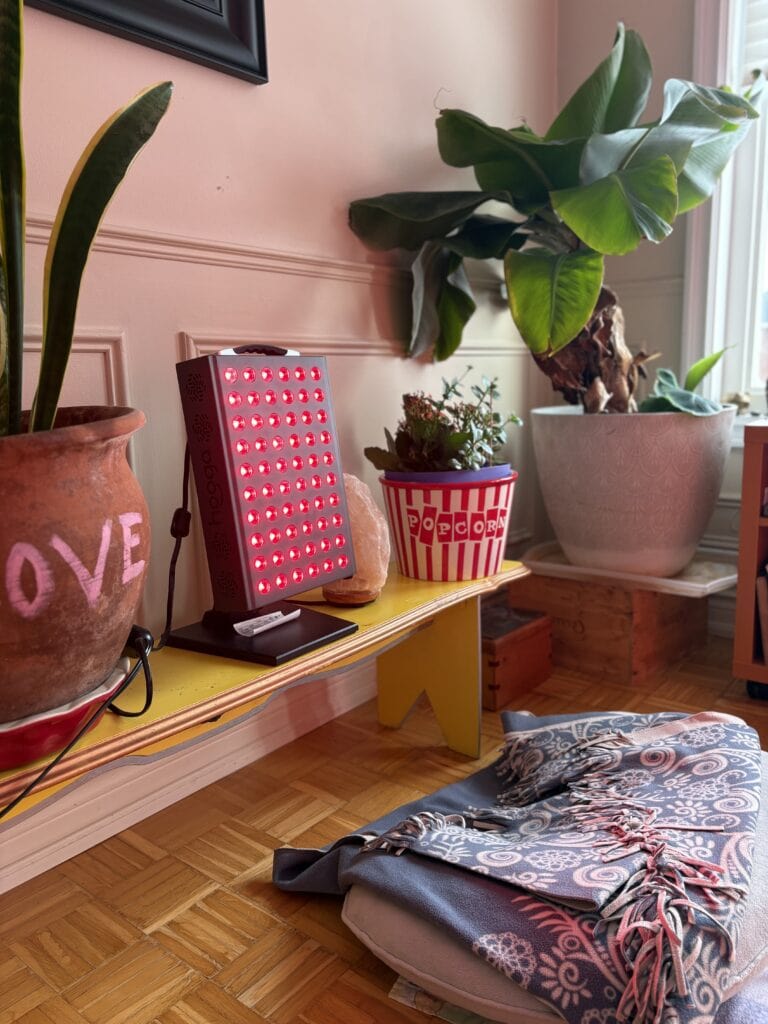
7 Responses
This was a great read. Thanks for all the great tips
Very informative
Great roundup of so many different ways we can reduce our plastic use. Like you say, plastic was a great invention but it’s gotten a little out of control and we can’t recycle our way out of it. We can’t easily recycle cardboard milk cartons in my area so I’ve been making my own cashew milk. Super easy.
Great tips! I don’t know some of these, so it’s a good read. Thanks for sharing!
This was good and informative. I already practice some, but good to see the value of other tips I didn’t consider.
Informative tips. Thank you for sharing.
Thanks for your sharing:)